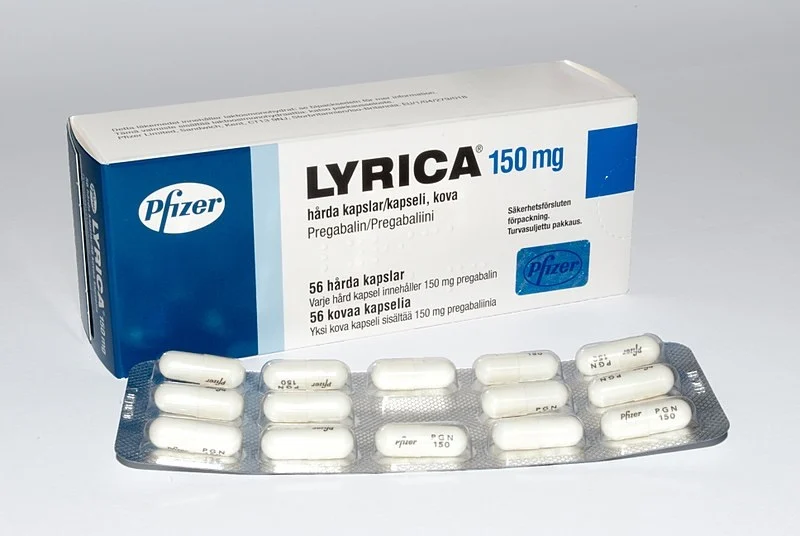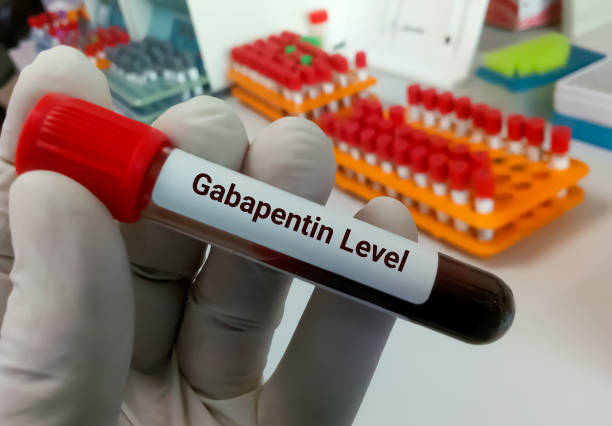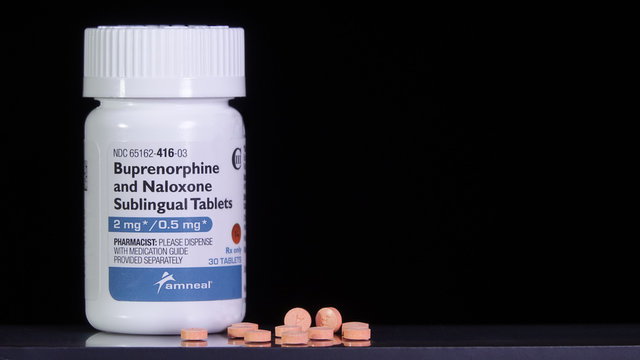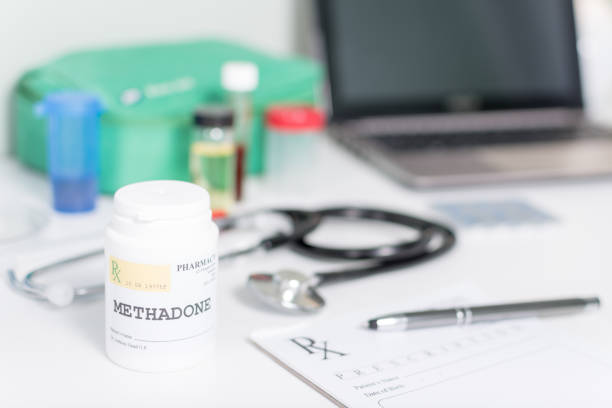Introduction
It is a vital medication in the treatment of opioid addiction. This combination drug helps individuals overcome dependence on opioids, offering a safer and more controlled path to recovery. By combining buprenorphine, a partial opioid agonist, with naloxone, an opioid antagonist, this medication minimizes the risk of misuse and supports long-term recovery. In this comprehensive guide, we will explore the uses, benefits, and effectiveness of buprenorphine naloxone, along with essential information for those considering this treatment option.
What is Buprenorphine Naloxone?
Buprenorphine naloxone treats opioid addiction as a combination medication. It consists of two active ingredients:
- Buprenorphine: A partial opioid agonist that binds to opioid receptors in the brain, reducing cravings and withdrawal symptoms without producing the intense euphoria associated with full opioids.
- Naloxone: An opioid antagonist that blocks the effects of opioids, discouraging misuse of the medication by causing withdrawal symptoms if injected.
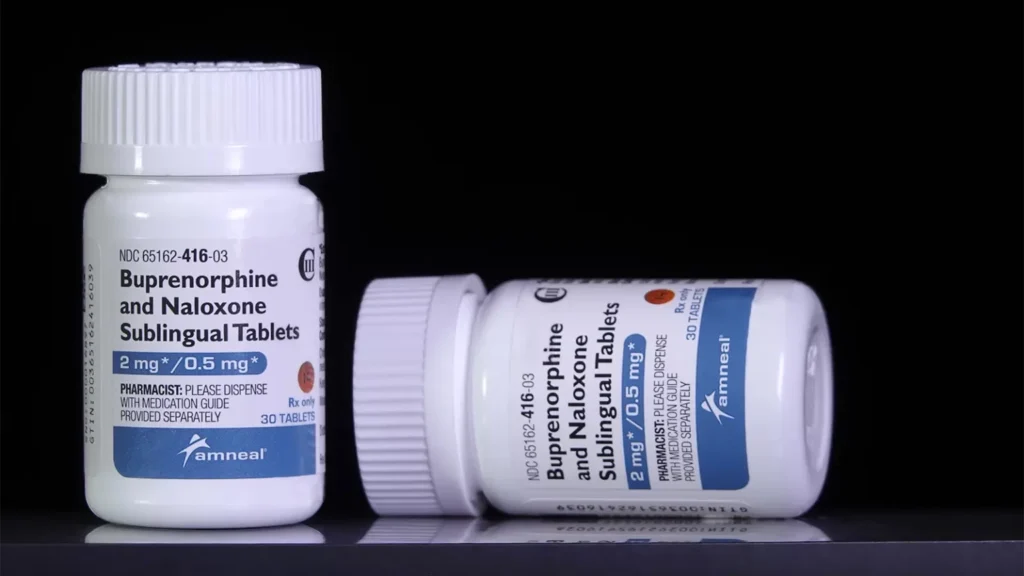
How it Works
It works by addressing the physical dependency on opioids while minimizing the risk of abuse. Buprenorphine binds to the same receptors as other opioids but with a lower intensity, helping to alleviate withdrawal symptoms and cravings. Naloxone, on the other hand, prevents misuse. When you take it as prescribed, naloxone has no effect, but if you tamper with and inject the medication, naloxone induces withdrawal symptoms.
Benefits of Buprenorphine Naloxone
1. Reduces Cravings and Withdrawal Symptoms
Buprenorphine naloxone helps manage cravings and withdrawal symptoms, making it easier for individuals to abstain from opioid use.
2. Lowers Risk of Misuse
The inclusion of naloxone deters misuse by causing unpleasant withdrawal symptoms if the medication is injected.
3. Accessible and Convenient
Patients can receive prescriptions for buprenorphine naloxone and take it at home, making it a more accessible treatment option compared to methadone, which often requires daily visits to a clinic.
4. Long-Acting
Buprenorphine has a long duration of action, meaning fewer doses are needed to maintain its effectiveness, which simplifies the treatment regimen.
How to Use Buprenorphine Naloxone
Starting Treatment
Before starting buprenorphine naloxone, individuals must be in a mild to moderate state of withdrawal. This ensures that the medication will not trigger severe withdrawal symptoms. A healthcare provider will determine the appropriate starting dose and monitor the patient’s response.
Maintenance Phase
During the maintenance phase, the goal is to find the lowest effective dose that controls cravings and withdrawal symptoms. Regular follow-ups with a healthcare provider are essential to adjust the dosage as needed.
Tapering Off
Some individuals may eventually taper off buprenorphine naloxone under medical supervision. This process should be gradual to avoid withdrawal symptoms and reduce the risk of relapse.
Potential Side Effects
While it is generally well-tolerated, some individuals may experience side effects, including:
- Headache: Common but usually mild.
- Nausea and Vomiting: Can occur during the initial stages of treatment.
- Constipation: A common side effect of opioid medications.
- Sweating: Increased sweating may occur.
- Insomnia: Difficulty sleeping may affect some individuals.
- Irritability or Mood Swings: Changes in mood are possible.
If any side effects are severe or persistent, it’s important to consult a healthcare provider.
Buprenorphine Naloxone and Other Treatments
It is often used in conjunction with other treatments for opioid addiction, such as:
- Counseling and Behavioral Therapies: These therapies help address the psychological aspects of addiction.
- Support Groups: Joining a support group can provide emotional support and encouragement.
- Medical Monitoring: Regular check-ins with a healthcare provider ensure the treatment is effective and safe.
FAQs About Buprenorphine Naloxone
Can Buprenorphine Naloxone Be Abused?
While it has a lower potential for abuse compared to full opioids, there is still a risk. The naloxone component helps reduce this risk by inducing withdrawal symptoms if the medication is misused.
Is Buprenorphine Naloxone Safe During Pregnancy?
It should only be used during pregnancy if the benefits outweigh the risks. Pregnant women should discuss their options with a healthcare provider.
How Long Does Buprenorphine Naloxone Treatment Last?
The length of treatment varies depending on individual needs. Some may use it short-term to manage withdrawal symptoms, while others may require long-term maintenance therapy.
Buy now from our store
If you or someone you know is struggling with opioid addiction, buprenorphine naloxone could be a vital part of the recovery process. To explore more options and find additional pain relief solutions, buy now today and take a step towards a healthier, addiction-free life.
Conclusion
Buprenorphine naloxone is a powerful tool in the fight against opioid addiction. By reducing cravings and withdrawal symptoms while minimizing the risk of misuse, this medication provides a safer, more controlled path to recovery. With proper use and medical supervision, buprenorphine naloxone can help individuals achieve and maintain sobriety. If you or a loved one is considering this treatment, consult with a healthcare provider to determine the best approach and start the journey to a healthier life.
What is the Drug Buprenorphine Naloxone Used For?
Buprenorphine naloxone is primarily used for the treatment of opioid addiction. It helps individuals reduce or quit their use of opioids, such as heroin or prescription painkillers. The combination of buprenorphine and naloxone works to alleviate withdrawal symptoms and cravings, making it easier for patients to maintain sobriety. Buprenorphine acts as a partial opioid agonist, providing relief from withdrawal without producing the intense euphoria associated with full opioids. Naloxone, an opioid antagonist, discourages misuse by causing withdrawal symptoms if the medication is injected.
Is Buprenorphine Naloxone the Same as Methadone?
No, buprenorphine naloxone and methadone are not the same, although both are used to treat opioid addiction. Here are the key differences:
- Mechanism of Action:
- Buprenorphine Naloxone: Buprenorphine is a partial opioid agonist, which means it activates opioid receptors in the brain but to a much lesser degree than full agonists like heroin. Naloxone is an opioid antagonist included to prevent misuse.
- Methadone: Methadone is a full opioid agonist, which means it fully activates opioid receptors. It is highly effective in preventing withdrawal symptoms and cravings but has a higher potential for abuse.
- Administration and Access:
- Buprenorphine Naloxone: Can be prescribed by certified doctors and taken at home.
- Methadone: Typically requires daily visits to a specialized clinic for supervised dosing.
Is Buprenorphine the Same as Suboxone?
Suboxone is a brand name for a medication that contains buprenorphine and naloxone. So, while buprenorphine is a component of Suboxone, they are not the same thing:
- Buprenorphine: The active ingredient that helps manage opioid addiction by reducing cravings and withdrawal symptoms.
- Suboxone: A specific formulation that combines buprenorphine with naloxone to prevent misuse of the medication.
Is Buprenorphine a Good Painkiller?
Buprenorphine can be used as a painkiller, but it is not its primary use. It is effective for managing moderate to severe pain, particularly in patients who require long-term pain management and have a history of opioid dependence. Here’s what makes buprenorphine a unique painkiller:
- Partial Agonist: As a partial opioid agonist, buprenorphine provides pain relief without the high risk of euphoria and addiction associated with full opioid agonists.
- Ceiling Effect: Buprenorphine has a ceiling effect, meaning that after a certain dose, the effects plateau, reducing the risk of overdose.
However, due to its primary use in addiction treatment and its complex pharmacology, buprenorphine is generally reserved for specific cases under medical supervision when used for pain management.
WhatsApp support
If you have questions or need assistance with back pain relief products, you can reach out to the WhatsApp support line for yourPainReliefStore. Our support team is ready to help you find the best solutions for your back pain and provide guidance on our range of products.

